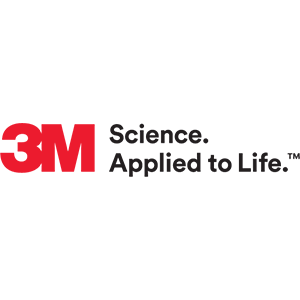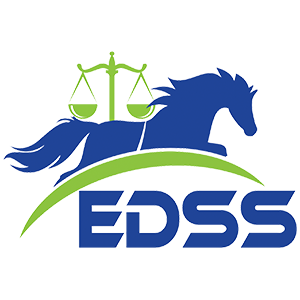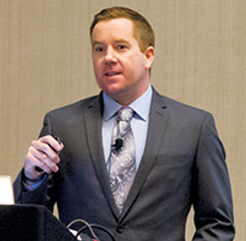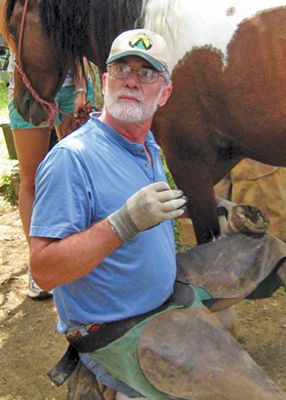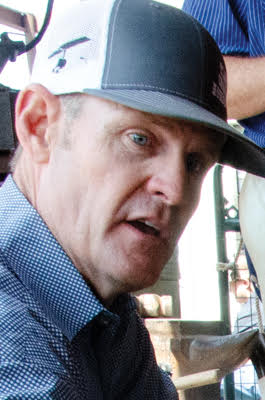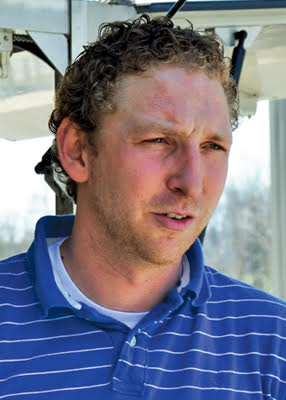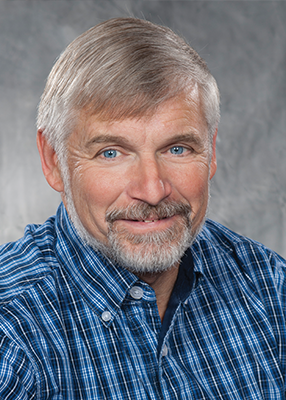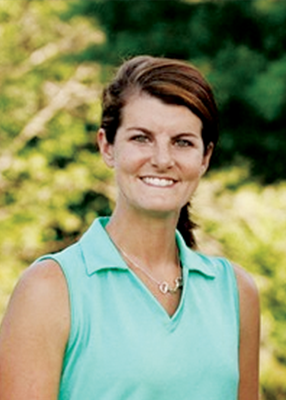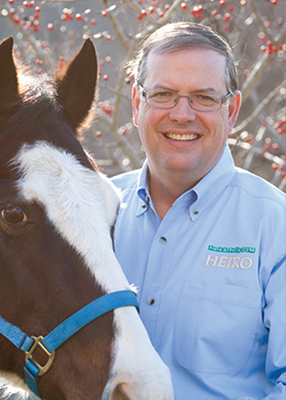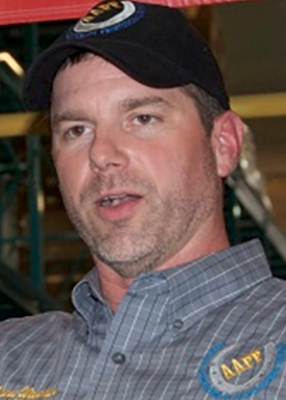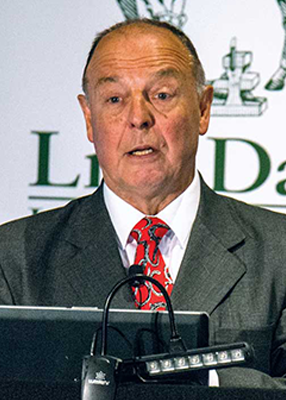INTERNATIONAL HOOF-CARE SUMMIT
2021 Virtual Clinic Series
May's Theme: Managing Foot Diseases
May's theme is "Managing Foot Diseases," and the sessions below feature respected farriers, veterinarians and researchers delivering innovative, inspirational ideas to help you avoid and overcome common foot diseases.
|
Thank you to our May sponsors for their support of the 2021 Virtual Clinic Series.
CLICK HERE FOR SPONSOR OFFERS AND INFORMATION


|
|
May Live Online Sessions
Did you miss the live online Virtual Clinics that were held during May? You can view an on-demand replay of each session now by clicking "watch now" under any of the sessions below.
Case Study Happy Hour:
Dealing with Acute Laminitis
Watch as Stuart Muir discusses various cases and shoeing treatments of horses presenting acute laminitic outbreaks.
Case Study Happy Hour:
Approaching Severe White Line Disease and Resections
White line disease is a common occurrence for footcare practitioners. When these cases become severe, more aggressive treatments may need to be pursued, such as a wall resection. In this session, Stuart Muir will present cases from mild to severe.
|
|
| WATCH A REPLAY OF THE THURSDAY, MAY 20 SESSION NOW! |
WATCH A REPLAY OF THE THURSDAY, MAY 27 SESSION NOW! |
| Watch Now | Watch Now |
|
|
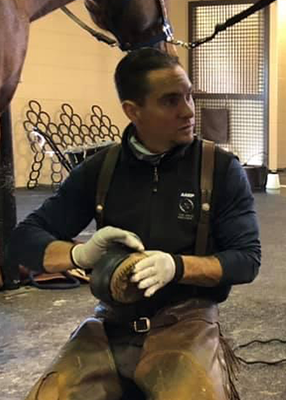
Q&A Session:
Raul Bras, DVM, CJF, Rood & Riddle Equine Hospital
Dr. Raul Bras answers your questions about his May Virtual Clinic Series on-demand presentation, “The Deep Digital Flexor Tenotomy: The Good and Not So Good About It.” The Rood & Riddle Equine Hospital veterinarian and farrier will discuss how a properly executed tenotomy that is performed in the correct circumstances can be an effective tool in helping a horse.
WATCH A REPLAY OF THE TUESDAY, MAY 11 SESSION NOW!
| Watch Now | |
|
|
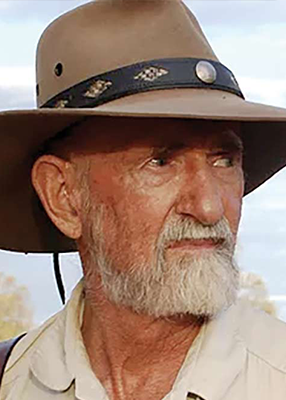
Q&A Session:
Professor Christopher POllitt, BVSc, PhD
Join a live Q&A session with Dr. Christopher Pollitt, an International Equine Veterinarian Hall of Fame member and professor emeritus at the University of Queensland School of Veterinary Science in Brisbane, Australia.
Dr. Pollitt delivers a unique live, hands-on construction of a horse’s distal limb. In an exclusive, first of its kind demonstration, Dr. Pollitt will start with the seven bones and add tendons, ligaments and cartilage until an anatomically correct and complete distal limb is built using his newly created plastic, multi-component model.
WATCH A REPLAY OF THE FRIDAY, MAY 28 SESSION NOW!
| Watch Now | |
|
|
|
Premium Sponsor: Soft-Ride The inspiration for Soft-Ride Comfort Boots came many years ago when we installed poured rubber floors in horse stalls at university-based veterinarian clinics and on leading horse farms and ranches. While our work helped us fulfill our mission of making life more comfortable for horses, it was a dirty, hot, messy job that always had us thinking, "There's got to be a better way." We finally did come up with a "better way" when we invented the first Comfort Boots for horses. Since then, our industry leading Soft-Ride boots and gels have become — what we believe — are the best horse boots in the world. Our innovative Ice Spa and other products are all designed as a safe and simple way to help keep your horse healthy every day, every step of the way. As we continue our drive to keep your horse on its feet, we've received more than 15 patents, shipped to over 50 countries, and worked with more than 6,000 veterinarians around the world, as well as every veterinary school in the United States, Canada, Europe and Australia. And with horse owners from every discipline using our products, we can safely and proudly say, "The best in the world rely on Soft-Ride."
Learn more at: www.softrideboots.com/
|
Watch These On-Demand Sessions Now
You may now begin watching each on-demand session featured below, offering trusted ideas and advice for managing foot diseases. These sessions will remain available for viewing through January 31, 2022.
|
Sponsor At Manna Pro®, we believe in Nurturing Life. Since 1985 with roots dating back to 1842, Manna Pro® has been committed to providing high-quality, nutritionally wholesome feeds, supplements, treats and care products to your horses at every stage of their lives. As a company comprised of animal lovers we understand the desire to provide your horses with the very best. Our passion is happy, healthy pets and we are your trusted partner to do just that.
Learn more at: www.mannapro.com/ | |
|
Sponsor We work hard to improve lives, so you can focus on living yours. In your day-to-day life, there is often not enough time to focus on what matters most to you: Your passions. Your family. Your friends. Your career. Your hobbies. Fortunately, at 3M you have 89,000 curious minds focused on the task of generating breakthroughs that help make your life better, easier and more complete. We do this by embracing the creativity and risk taking to innovate. Guided by the notion that science is just science … until you apply it to something. You may not always realize you are surrounded by 3M science, but you feel the impact of it every day: In safer food. Safer roads. Safer airplanes. In cleaner cities. Cleaner hospitals. Cleaner air and power. Each day, we’re building, growing and working together to push the boundaries of innovation again and again. For you. And for those most important to you. 3M Animal Care has been serving the animal health industry for more than five decades, providing high quality products and services to veterinary professionals, trainers and pet owners in the companion animal and equine marketplace.
Learn more at: www.3m.com/ | |
|
Sponsor We are your one-stop resource for hoof care products and information that GET RESULTS! Whether you are looking for lameness treatment solutions or options for getting that bit of extra performance from your horse, we have the tools, techniques, and information to help you out.
Learn more at: www.edsshoofcare.com/ |


